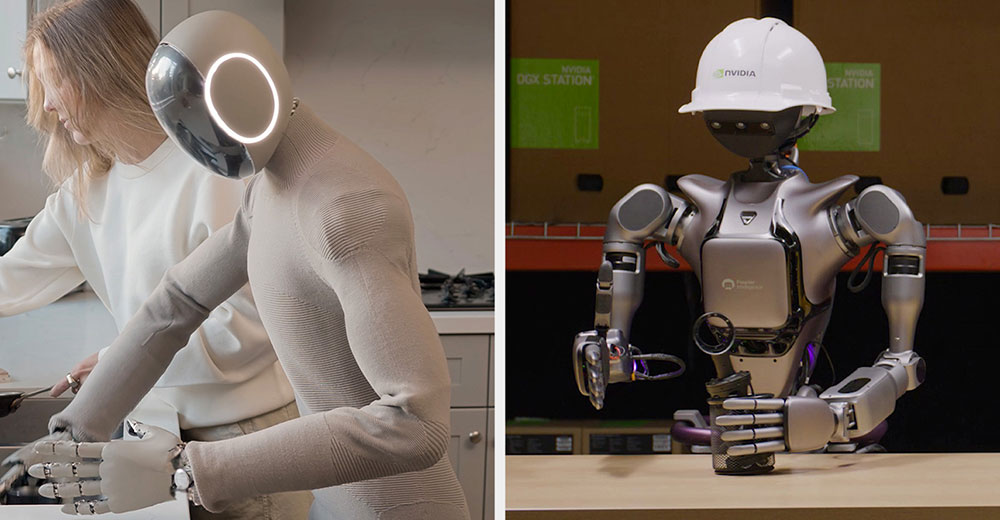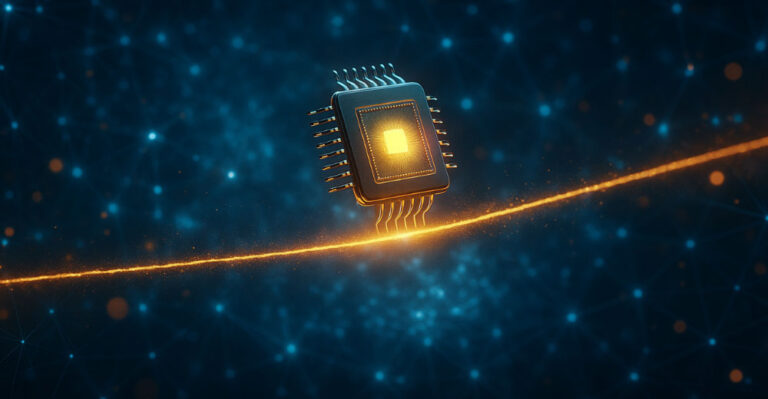Nvidia GTC Sets Bold AI Vision but Leaves Questions Unanswered
Nvidia’s GTC (GPU Technology Conference) has firmly established itself as the leading event for artificial intelligence (AI) and accelerated computing. GTC 2025 was no exception. It was packed with significant announcements and showcased the company’s continued dominance in the AI hardware space. However, the event also highlighted some potential challenges and shifts in the competitive landscape.
Let’s break down the key announcements from GTC 2025. Then, I’ll close with my Product of the Week — a standout AI laptop from Lenovo that reflects where PC innovation is heading.
GTC 2025: Key AI and Hardware Reveals
GTC 2025 saw Nvidia unveil a range of new products and technologies, reinforcing its position at the forefront of AI innovation. Key announcements included:
- Blackwell Ultra: Nvidia introduced the Blackwell Ultra GPU architecture, an enhanced version of its Blackwell platform designed for demanding AI reasoning models. Blackwell Ultra boasts increased memory capacity and improved performance, further solidifying Nvidia’s commitment to pushing the boundaries of AI compute.
- Rubin Architecture: Looking ahead, Nvidia announced the Rubin architecture, the successor to Blackwell, promising even better performance and efficiency for AI data centers. This announcement underscores Nvidia’s annual cadence of innovation in AI infrastructure.
- Isaac GR00T N1: Nvidia made a significant push in robotics with the unveiling of Isaac GR00T N1 (pictured above), the world’s first open, fully customizable foundation model for humanoid robots. This initiative aims to accelerate the development of general-purpose robots capable of performing a wide range of tasks.
- Quantum Computing Efforts: Nvidia announced its foray into quantum computing by establishing the Nvidia Accelerated Quantum Computing Research Center (NVAQC) in Boston. This initiative signals Nvidia’s intention to play a key role in the future of quantum computing.
These announcements demonstrate Nvidia’s continued focus on driving advancements across the AI spectrum, from fundamental hardware to software platforms and emerging fields like robotics and quantum computing.
Risks of Nvidia’s AI Market Leadership
Nvidia’s dominant position in the AI hardware market also carries inherent risks. The danger of being the leader in any field is the potential to become complacent and take competition for granted. While Nvidia continues to innovate, there were aspects of GTC 2025 that raised some concerns.


